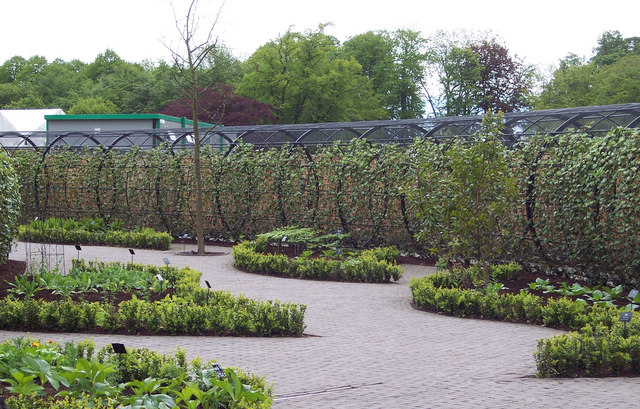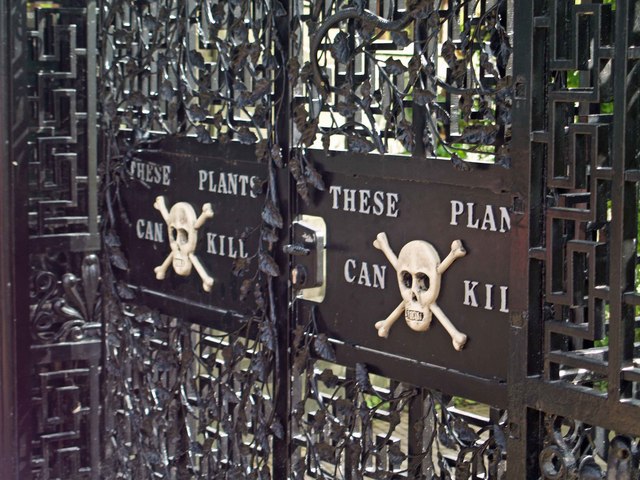Home to over 100 different types of intoxicating, and narcotic plants, the Alnwick Poison Garden is certainly a place to behold. The garden is located on Denwick Lane, Alnwick, Northumberland, in the United Kingdom.
According to Smithsonian Magazine, it was created in 2005 by the Duchess of Northumberland as an addition to the 12-acre garden of Alnwick Castle. She believed that she could create something great and interesting if she had the right resources available. When the idea of a poison garden came to her, she believed that it would be an interesting experience for children. She said that, “Children don’t care that aspirin comes from a bark of a tree. What’s really interesting is to know how a plant kills you, and how the patient dies, and what you feel like before you die.”
According to the garden’s official website, some of the most dangerous planets they have include: Laburnum, Atropa Belladonna, Helleborus Odorus, Monkshood (Wolf’s bane), Ricinus communis, Catha edulis, and Opium Poppy.

The Alnwick Poison Garden is not only an experience to learn about deadly and sometimes helpful plants, but it can also be useful in one’s daily life. Those who enjoy foraging or other outdoor activities can learn what to and what not to interact while experiencing nature. However, many are actually unaware that their garden’s (the UK term for a yard/lawn) often contains harmful plants, such as the laurel hedge.
However, not all of the plants are exclusively harmful. Many plants can bring curses and treatments for illnesses and diseases. One example is the yew tree. It produces a poison, but it also produces a medicine known as taxol used in a treatment for breast cancer. Meadowsweet and the willow tree contain salicylic acid, which is used to make aspirin. Small doses of the substance may prove beneficial, but larger doses have the potential to be quite harmful. Vinca Major (periwinkle), if eaten can greatly lower one’s blood pressure, heart arrhythmia (irregular beating of the heart), and stop white blood cell blood production. However, if one has leukemia, the plant can produce a medicine that can save lives— vinblastine and vincristine, often used in chemotherapy.
The Alnwick Poison Garden is an impressive display of the duality of nature, as well as a perfect opportunity to learn, whether that is due to genuine curiosity or if the information may prove useful in the future.










Alice • Jan 24, 2024 at 12:42 pm
I would love to visit this garden.